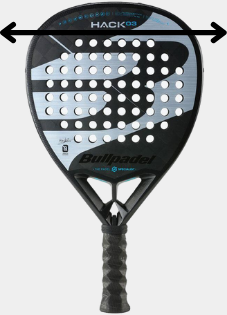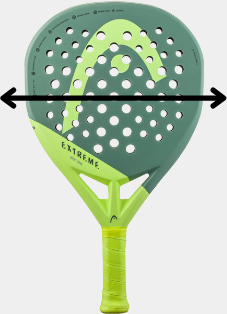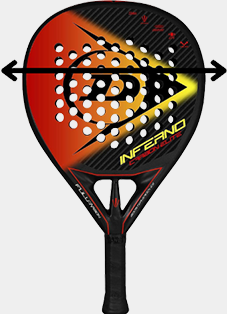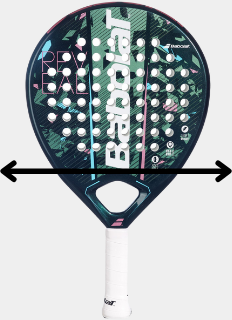How to Choose a Padel Racket
As a sport that has gained popularity relatively recently compared to other racket sports, we often get asked a lot of questions about Padel rackets. The tennisnuts guide on how to choose a Padel racket aims to explain the differences between the numerous Padel rackets available, and why it may or may not be good for your game.
Perhaps the biggest difference between Padel rackets are their shape. The shape of the Padel racket affects various other characteristics including the balance, sweet-spot and general playability of the racket. There are three main shapes which Padel rackets come in:
Diamond Shape
For Technical / Advanced Players

High balance point
High sweet spot
More power
Teardrop Shape
For Advanced / Intermediate Players

Medium balance point
Central sweet spot
Balance control
Hybrid Shape
For All Round Players

Medium/high balance point
Higher sweet spot
Power & control
4 Things To Consider When Choosing A Padel Racket
Weight
The overall weight of Padel rackets typically range from 340 to 390 grams.
Lighter rackets offer easier manoeuvrability, while heavier rackers provide more power and control.
Choose a racket weight based on your physical strength, aiming for the heaviest weight you can comfortably handle during a match.
Core Material
The core of a Padel racket, typically made of Foam (Polyethylene) or E.V.A. (Ethylene Vinyl Acetate).
Foam cores offer a softer feel and spring effect for easier power generation, making them ideal for beginners and intermediate players.
E.V.A. cores provide a harder, stiffer feel, suitable for advanced players seeking competitive edge, commonly found in higher-end Padel rackets.
Impact Material
The material that covers the core of a Padel racket plays a significant role in its performance.
Fiberglass, while more cost-effective, adds weight to the racket and provides a softer feel to the player.
On the other hand, carbon/graphite is a sturdier and harder material, enhancing durability and offering a firmer feel to the player for better control and power.
Frame Material
The Padel racket frame is commonly crafted from fiberglass or carbon/graphite material.
Carbon/graphite stands out for its superior quality and lightweight properties, providing players with enhanced manoeuvrability and performance. Conversely, fiberglass, although heavier, is a cost-effective option ofter found in beginner and intermediate rackets.














